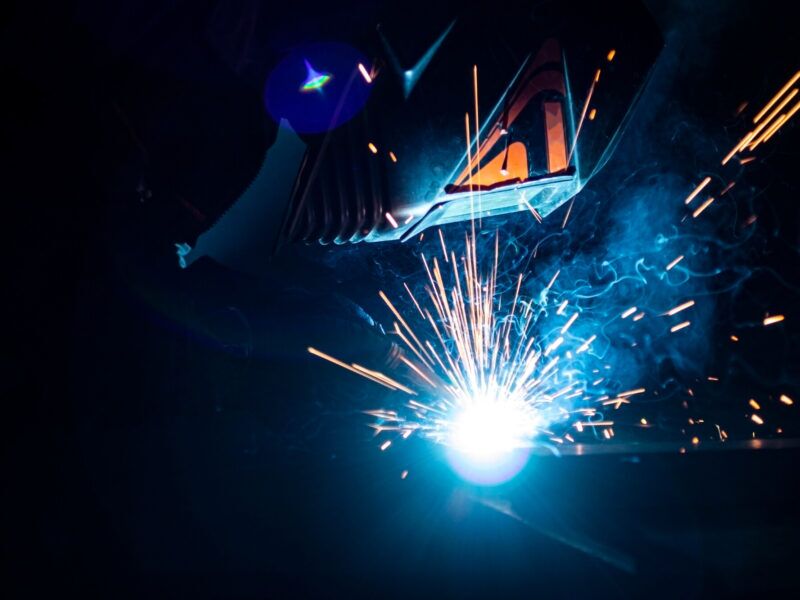Your Full Manual to Preventing Weld Undercut Like a Pro
Your Full Manual to Preventing Weld Undercut Like a Pro
Blog Article
Understanding the Art of Welding: Exactly How to Stay Clear Of Undercut Welding Issues for Flawless Fabrication Outcomes
By understanding the root triggers of undercut welding and carrying out efficient strategies to stop it, welders can boost their craft to brand-new degrees of quality. In the pursuit of flawless fabrication results, mastering the art of welding to avoid undercut issues is not just a skill but a necessity for those striving for perfection in their work.
Understanding Undercut Welding

To stop undercut welding, welders must make certain correct welding criteria, such as readjusting the existing, voltage, traveling rate, and keeping the correct electrode angle. By understanding the causes of undercut welding and implementing preventive measures, welders can achieve premium, structurally sound welds.
Reasons For Undercut in Welding
Comprehending the aspects that contribute to undercut in welding is important for welders to create top notch, structurally sound welds. Inadequate welding current or incorrect welding speed can also add to undercut. Comprehending these causes and implementing correct welding methods can help avoid damaging concerns, guaranteeing durable and strong welds.
Methods to avoid Undercutting

To reduce the risk of undercutting in welding, welders can employ strategic welding strategies intended at improving the high quality and stability of the weld joints. Additionally, using the correct welding strategy for the details joint arrangement, such as weave or stringer beads, can contribute to reducing damaging.
Utilizing back-step welding strategies and controlling the weld grain profile visit our website can likewise aid distribute warm equally and reduce the threat of undercut. Regular assessment of the weld joint throughout and after welding, as well as executing top quality assurance steps, can assist in identifying and resolving damaging problems promptly.
Significance of Correct Welding Criteria
Selecting and preserving appropriate welding specifications is crucial for achieving successful welds with very little issues. Welding parameters refer to variables such as voltage, current, travel rate, electrode angle, and securing gas circulation price that straight impact the welding process. These parameters should be very carefully readjusted based upon the sort of product being bonded, its density, and the welding technique employed.
Proper welding parameters guarantee the best amount of warm is related to melt the base metals and filler material uniformly. If the parameters are set too high, it can result in excessive heat input, causing spatter, burn-through, or distortion. On the various other hand, if the criteria are also reduced, incomplete blend, lack of penetration, or undercutting might take place.
Top Quality Guarantee in Welding Workflow

Final Thought
To conclude, mastering the art of welding calls for a detailed understanding of undercut welding, its reasons, and techniques to stop it. By making sure appropriate welding parameters and applying quality control techniques, flawless manufacture outcomes can be achieved. It is crucial for welders to constantly make every effort for quality in their welding procedures to prevent undercut concerns and produce high-quality welds.
Undercut welding, an usual problem in welding procedures, happens when the weld metal does not properly load the groove and leaves a groove or depression along the bonded joint.To prevent undercut welding, welders need to guarantee correct welding parameters, such as readjusting the current, voltage, traveling rate, and preserving the proper electrode angle. Inadequate welding existing or incorrect welding speed can likewise add to undercut.To reduce the threat of undercutting in welding, welders can utilize critical welding techniques aimed at boosting the quality and stability of the weld joints.In final thought, understanding the art of welding requires a complete understanding of undercut welding, its causes, and techniques to avoid it.
Report this page